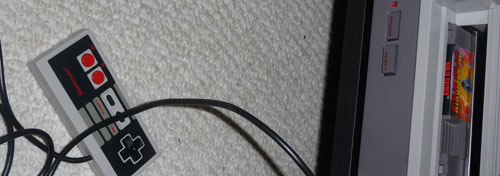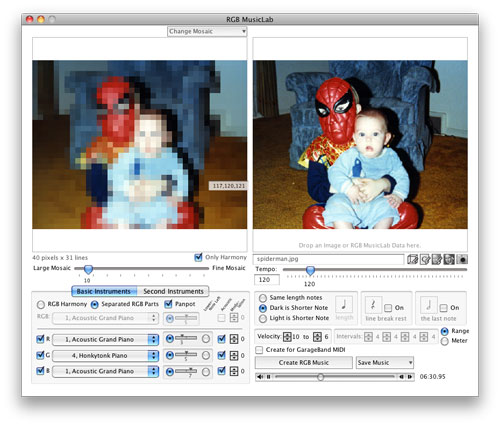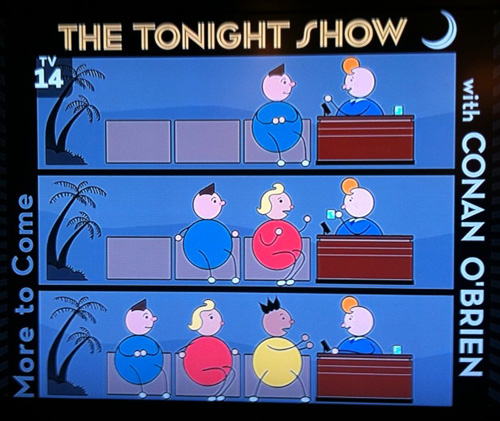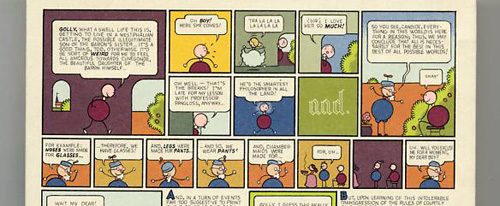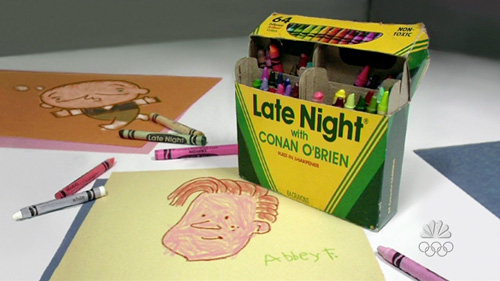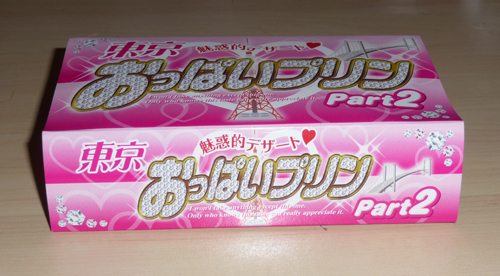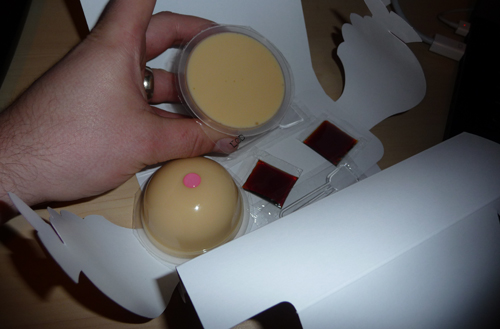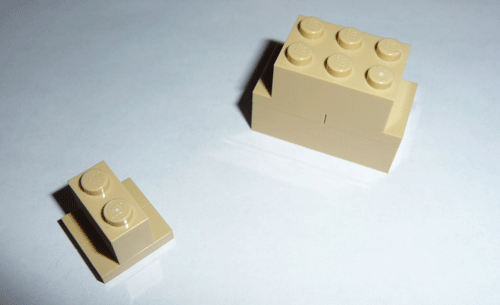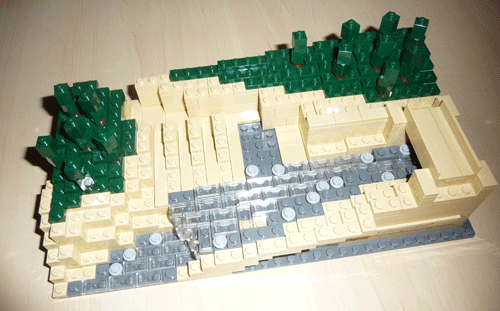This past fall, almost 9 years after my younger brother Chris was killed in a traffic accident, my parents and I finally worked up the nerve to clean and organize the contents of his room. Among the various treasures we uncovered was a cache of Video games.
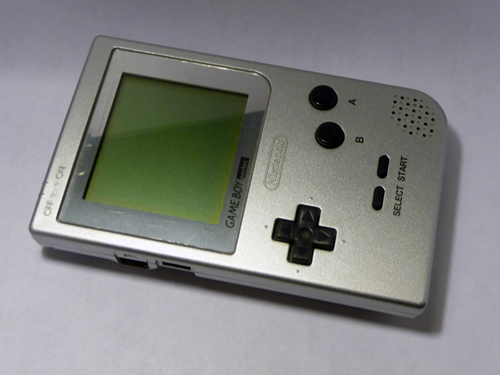
My brother was always a fan of portable gaming – he had acquired a literal stack of Gameboys of all shapes and sizes, and during the last year of his life he had tracked down a Neo Geo Pocket Color – a Japanese technological wonder that (like most non-Nintendo handhelds) never captured the market share its creators were hoping for. It occurred to me as I shuffled through the games and systems that a few of them probably had Chris’ data saved in their memory, and sure enough – they did.
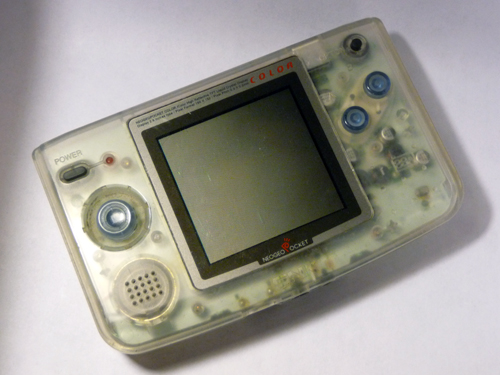
Two games – one on each system – still had his progress saved when I fired them up, and it was a uniquely weird experience to be confronted with these screens.

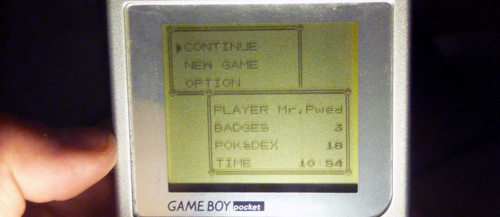
The screens I was presented with displayed the status of his unfinished games. Playing beyond the data selection screen would allow me to alter the record that he had last written to memory. While there is probably a very inspirational book buried in that experience (“How I completed ‘Pokemon Red’ in my brother’s memory”) , I ultimately chose to leave the data as he left it.

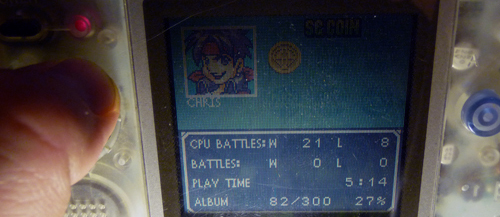
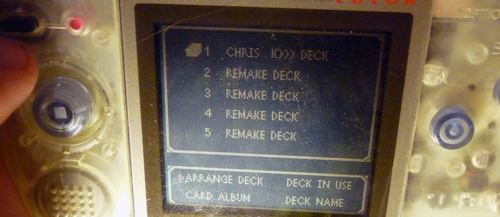
So yes – a weird experience. Then we found the Gameboy Camera.
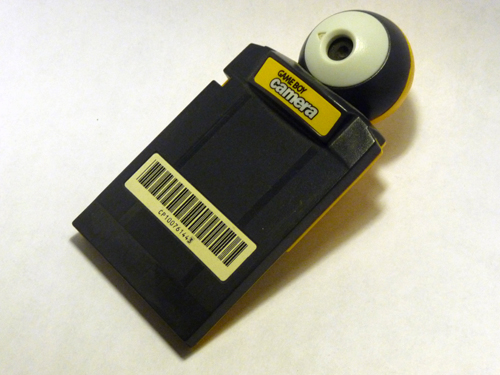
The Gameboy Camera was released in 1998, and plugs into the gameboy like any other cartridge – but with a spherical camera protruding from the top. The camera itself swivels 180 degrees, so you can either shoot what you’re seeing or turn it towards yourself and shoot self portraits. The internal memory of the cartridge has space for 30 blocky, greyscale photos (The photos it produces are 128×112). Apparently, the cover of Neil Young’s “Silver & Gold” was shot with a Gameboy Camera.
When I plugged the cartridge into a Gameboy and fired it up, I found twelve photos, still saved in memory. Of those, six were identifiable (Chris’ photography habits often trended towards EXTREME macro), and among them were what I can only assume to be some of his last photos he took. I did a bit of search engine hunting and it looks like I’ve found a way to get these images dumped to data. If anyone knows of a way to extract dates from Gameboy Camera photos, get in touch!
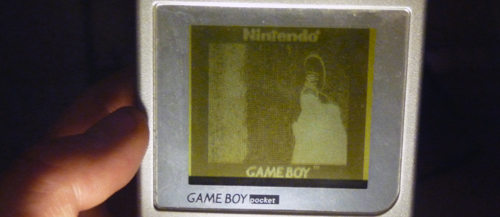
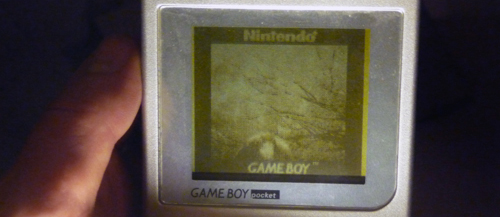
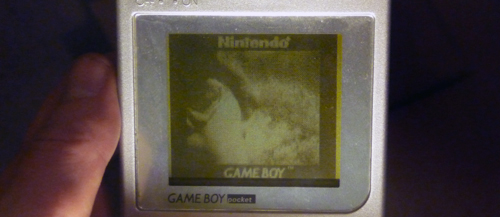

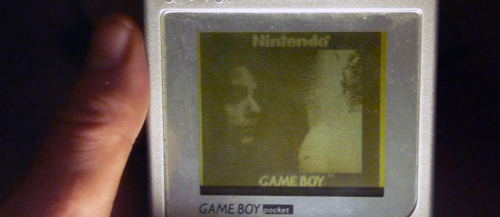
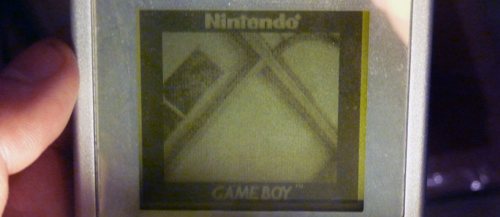
I did a little bit of googling to see if other people have written anything about this, but the recent spate of zombie games has made searching for anything dealing with savegames of the deceased pretty futile. The only other reference I’ve seen is the comic strip below, which I originally found via Matt Hawkins at Fort90. It’s a translated version of a strip that was somehow spawned by Korean gaming site thisisgame.com – the original (untranslated) strip can be found here. I’ve posted it in its entirety here because I don’t know the source of the english translation. It is a great, great story perfectly adapted into a comic strip.

Update:
Another example that recently came to my attention is the following story of Goldeneye for the N64. The story was apparently posted anonymously somewhere, but it came to me in the form of this image, so I have no idea what its origins are. The text is below:
Anonymous 11/09/09 (Mon) 04:15
I was six when Goldeneye came out for the 64. My dad would always convince my twin sister to come play it with us, and she loved it despite not liking video games. Because we were young, dad insisted we play with paintball mode on. We played for hours and hours.
When we were 8, mum and dad divorced. Everytime we visited Dad, we plaved some Goldeneye.
One day, November 15, when we were 9, we were leaving, Dad stopped us, and handed me Goldeneye. “I love you very much, kids.” He said to Tamsin and I. “Don’t you ever forget that. I will always love you.”The next time I saw him was 2 days later, in an intensive care unit, after he’d hanged himself and been cut down. They turned off the life support the next day. Tamsin and I made a point of finding ways to honour his memory every year, but it somehow was never good enough. I normally never show emotion about it- hell, Tamsin and I joke about it a lot. But I remember, last November 18th, I woke up early, and went and hugged my sleeping sister. “I miss him”, I whispered, and we both cried for hours. Then, we got up, and I went to my room. I dug around in some boxes, and blew the dust off my 64, and Goldeneye. We sat on our couch, and played together, with a non moying third player in the bottom left screen.
Paintball mode on.
I love you, dad.
